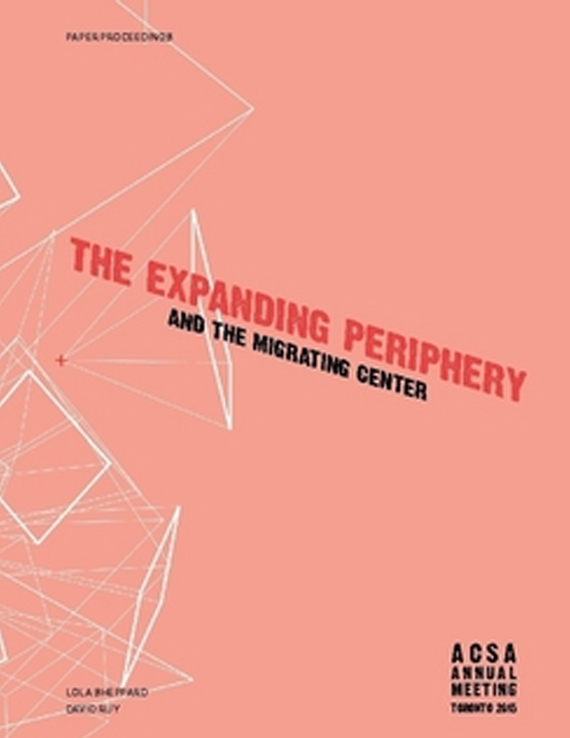Author(s): Whitney M. Moon
By the late 1970s, when architects Elizabeth Diller and Ricardo Scofidio formed their practice in New York City, performance had become the go-to strategy for artists to explore conceptual ideas, suggesting that through disciplinary trespassing and collaboration, new forms could be generated. Whereas postmodern architecture primarily aimed to resuscitate the corpse of modernism through historical pastiche and parody, postmodernism in the arts aimed towards interdisciplinary practices and performance. Rather than retreating into disciplinary autonomy, Diller and Scofidio opted to redefine architecture through direct engagement with the material world. In the first decade of their creative production (1979-89), Diller and Scofidio differentiated themselves from other architects by designing dynamic constructions for theatrical productions. These works, which I call performances, were not scaled representations of buildings. Rather, as full-scale constructions, including costumes, props, and stage sets, they served as building experiments to test out ideas about the relationship between architecture, the human body, space, and time. Their first three forays into set design — The American Mysteries (1983/1984); Synapse/The Memory Theatre of Giulio Camillo (1986); and The Rotary Notary and His Hot Plate (A Delay in Glass) (1987) — in turn influenced architectural projects like the Slow House (1989-91). For Diller and Scofidio, performance offered a new interdisciplinary lens through which traditional forms of architectural representation could be subverted. Interrogating a series of strategies ranging from kinetics to illusory devices, this paper argues that Diller and Scofidio pursued performance as a means to release architecture from its static objecthood and disciplinary autonomy. By seeking out this expanded field of performance art, they not only exposed themselves to a variety of artists and techniques, but also aligned themselves with theater and dance collectives, with whom they collaborated to design stage sets. Situating their early works within conceptual and postmodern performance, Diller and Scofidio are to be understood not only as beneficiaries of this rich performative culture, but likewise key contributors. As a result, Diller and Scofidio redefined how architecture was created and experienced through performance.
Volume Editors
David Ruy & Lola Sheppard
ISBN
978-0-935502-95-4

 Study Architecture
Study Architecture  ProPEL
ProPEL 
